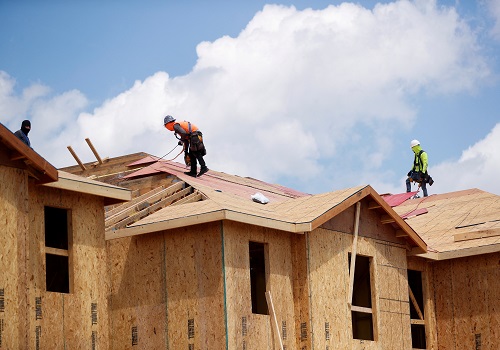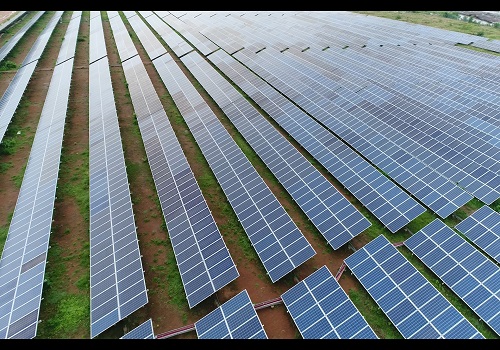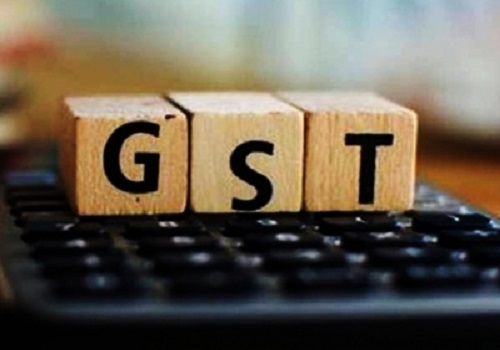Affordable housing to stay out of reach in major economies due to lack of supply

Major economies grappling with housing crises will struggle to crank up the supply of affordable homes in coming years, according to a Reuters poll of property analysts who said more government intervention was needed to improve the situation.
House prices in most major property markets were forecast to rise over 4% this year thanks to supply lags and expectations that top central banks will cut rates soon. That is a relatively modest appreciation as property values are already very high.
An acute lack of starter homes, a perennial problem made worse during the COVID-19 pandemic, was not likely to be addressed anytime soon, according to experts polled May 9-30 across markets in the U.S., Canada, Britain, Germany, India, Australia and New Zealand.
That suggests most new homebuyers will have to stretch further or consider waiting even longer to save up enough of a deposit to own a home.
A 93% majority of analysts, 90 of 97, said the pace of supply of affordable housing will fall short of demand, with more than one-third expecting demand to fall far short.
The remaining seven said it would exceed demand, with no one saying supply would far exceed it.
"I think everything comes down to rate cuts. If we don't get rate cuts this calendar year then prices will be under pressure next year because there's only so far prices can be pushed by buyers and we're getting close to the...limits of affordability again," said Liam Bailey, global head of research at Knight Frank.
"The only reason why there's a floor under pricing is because there is low stock availability in lots of markets that we cover," he added.
With rising homelessness in the developed world and private players focusing more on high-end construction and not building basic housing for those who desperately need shelter, calls for governments to do more are getting louder.
Asked if governments should be more involved in improving affordability, a strong 73% majority of analysts, 67 of 92, said Yes. The rest said No.
In the meantime, house prices are set to keep rising in all seven major markets covered by the survey, except Germany.
While those results were similar to those from three months ago, analysts' predictions were slightly more upbeat. But interest rates are not expected to approach recent record lows in any of these markets, keeping expectations for price appreciation mostly in low single digits.
In the U.S., where the Federal Reserve is still expected to cut rates at least once later this year, house prices were forecast to rise 5.0% and 3.3% in 2024 and 2025, respectively, a slight upgrade from 3.3% and 3.0% from three months ago.
Much of the appreciation there is due to constricted supply, where swathes of existing homeowners with pandemic-era 30-year loans on exceptionally low mortgage rates have no incentive to move house and pay much higher borrowing costs.
"Your best bet for a trigger that might help affordability over the next year is interest rates. But frankly, it doesn't look like we're getting those four to five or six rate cuts from the Fed most economists thought earlier," said John LaForge, head of real asset strategy at Wells Fargo Investment Institute.
The U.S. was the only market with a slight majority of analysts saying government should not get more involved in improving affordability.
Average home prices in the UK and Canada were predicted to rise 1.8% and 1.5%, respectively, for this year and gain another 3.0% or so in 2025.
Australian and New Zealand home price rises were expected to outpace overall inflation over the next couple of years. Survey medians showed a price growth of around 4%-5% in both countries.
Average house prices in India were predicted to rise 6.0% this year and next, increasingly driven by a select few in a country of more than 1.4 billion people.
"Property prices are expected to maintain an upward trajectory...because of consistent demand and limited ready supply," said Ankita Sood, director and head of research at REA India. "The demand for high-value properties from investors and high-income individuals fuels this upward trend."






















